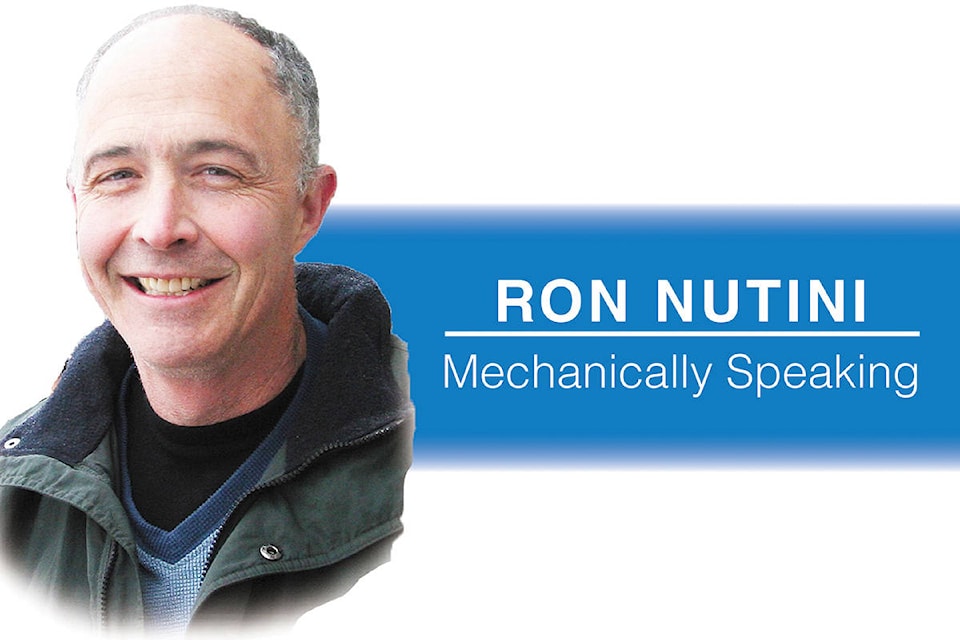Aren’t we all just a little bit anxious when we get picked for the full body scan in the airport security line up? Not fun!
The full body scan of the automobile repair industry is now a thing (not at all embarrassing for your vehicle). Some insurance or warranty companies require what is called a pre and post vehicle scan. The scan requires a diagnostic tool that can communicate with all the computers in your vehicle’s network. This tool essentially asks each computer or module in your vehicle’s network if it is noticing any faults and these are all reported. Then the mechanical or body shop performs the repairs and rechecks all the modules for faults again. That way the insurer has some indication of the vehicle’s electrical/electronic state before and after repairs.
Some vehicle manufacturers even require a complete vehicle diagnostic scan as a necessary maintenance requirement. These regular maintenance scans can be very insightful for your mechanic. They help us to decipher what is normal for your vehicle and what is not.
You might be thinking when something is wrong with my vehicle I will know. That is what all those warning lights are about. Well, I can tell you that not every fault turns on a warning light.
Take the orange engine or check engine light. That light only has to turn on when your vehicle emission control system is compromised. Your vehicle can run less than optimally and still be well within emission guidelines.
One example I come across fairly frequently on turbocharged diesel and gas-engine vehicles. These vehicles’ engine computers will recognize that they are unable to fully control the turbo boost (how much air is forced into the engine above atmospheric pressure) and will then likely operate with less than optimal power. Less than full power will not compromise emissions. In fact less power means less fuel, means less carbon dioxide, etc. Less is bad when you need to pass that semi truck. Most of us might not notice that missing 20 horsepower until we need it.
One other common problem that is easier to diagnose by scanning for faults in all the modules is a weak battery that is on its way to failure. Your vehicle computer network needs a good steady voltage to function correctly. Each module is transmitting information and receiving information from various modules throughout the network. When the voltage drops a little too low, say when you start the car, different modules behave differently. Where 7 volts is good enough for one module another may require 8 to stay alive and communicate properly. A vehicle with a bad battery will have a lot of modules reporting faults. They were looking for information from a given module and it was not communicating at all. Some modules even report voltage that is too low or even voltage that is too high. Yes, high voltage is bad as well. High voltage will burn out light bulbs, overcharge your battery and shorten its life.
Yes, all the systems of a modern vehicles are intertwined in operation. It can seem overwhelmingly complex and I would say it is a lot of the time. That does not mean that your mechanic cannot turn that complexity into quick cost effective diagnostics.
Trail’s Ron Nutini is a licensed automotive technician and graduate of mechanical engineering from UBC. E-mail: nutechauto@telus.net
